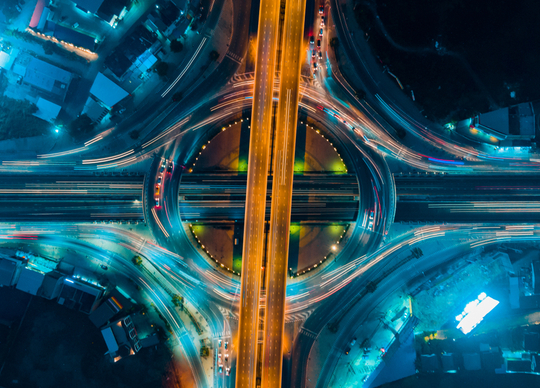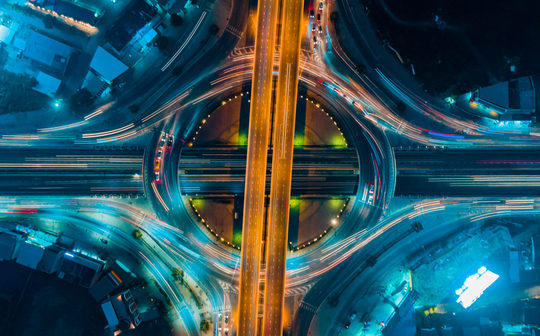
By Staff Writer.
The United Nations Economic and Social Commission for Asia and the Pacific (ESCAP) held its fourth Ministerial Conference on Transport in Bangkok last week. Ministers agreed to a new Regional Action Programme (RAP) for 2022 to 2026 that could fast forward the move towards greener, smarter, and more resilient ways of transporting people and freight around the Asia-Pacific region.
RAP targets the rapid urbanization within the region and its accompanying high vehicle usage rates and increasing freight and passenger volumes. The programme also encourages the uptake of digital technologies, smart transport systems, and a switch to greener transport methods.
“By anchoring regional transport and connectivity in sustainability, there is a real opportunity to transform transport systems and services to follow a low-carbon development path,” said Armida Salsiah Alisjahbana, United Nations Under-Secretary-General and Executive Secretary of ESCAP.
The four-day conference tackled several major transportation issues within the Asia-Pacific region, including building and maintaining an efficient and resilient transport and logistics network that is safe, environmentally sustainable, and accessible.
Significant transport infrastructure projects are underway around the region, including the Autonomous rail transit metro forming part of the Kuching Urban Transportation System and replacing Bangkok’s Hua Lamphong Railway Station.
However, the conference addressed concerns transportation infrastructure wasn’t being developed or updated quick enough, and much of the current development did not meet environmental goals or smart city targets.
Armida Salsiah Alisjahbana said it was imperative the region’s governments increase the use of clean energy and adopt innovations and emerging smart transport technologies to improve environmental sustainability.
The draft RAP draws concrete links to directly and indirectly relevant sustainable transportation outcomes. Specifically, RAP targets efficient and resilient transport and logistics networks and mobility for economic growth, environmentally sustainable transport systems and services, and safe and inclusive transport and mobility.
Under those outcomes are the goals of regional land transport connectivity and logistics, maritime and interregional transport connectivity, digitalization of transport, low carbon mobility and logistics, urban transport, road safety, and inclusive transport and mobility.
The draft report argues that working within this framework will build better connectivity within the Asia-Pacific region and increase resistance to external shocks and economic downturns.
The conference addressed the issue of moving freight as well as people around the region. Nine of the world’s top ten container ports are located in Asia. According to OAG data, two of the world’s five busiest airports are in Asia.
Primarily because of COVID-19, freight and passenger capacity within the Asia-Pacific is now at low levels, putting the squeeze on supply chains and economic growth.
The Ministerial Conference on Transport seeks long-term solutions to problems like this via the Regional Action Programme. In addition, the Review of Transport Developments in Asia and the Pacific 2021 was also launched at last week’s conference.
Surveying the effects of COVID-19 on transport systems, the document seeks to build transportation resilience to future shocks and serves as a supplement to the Regional Action Programme.






